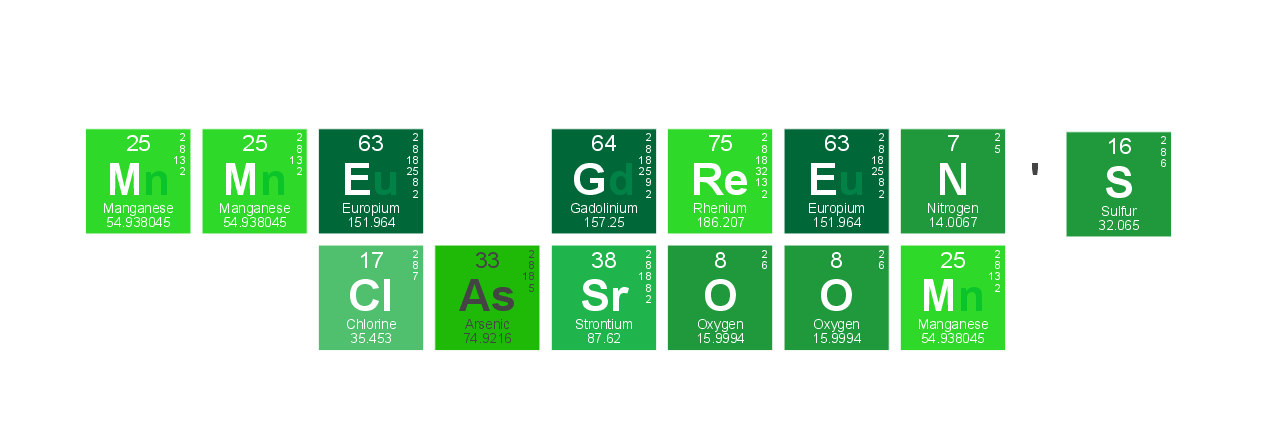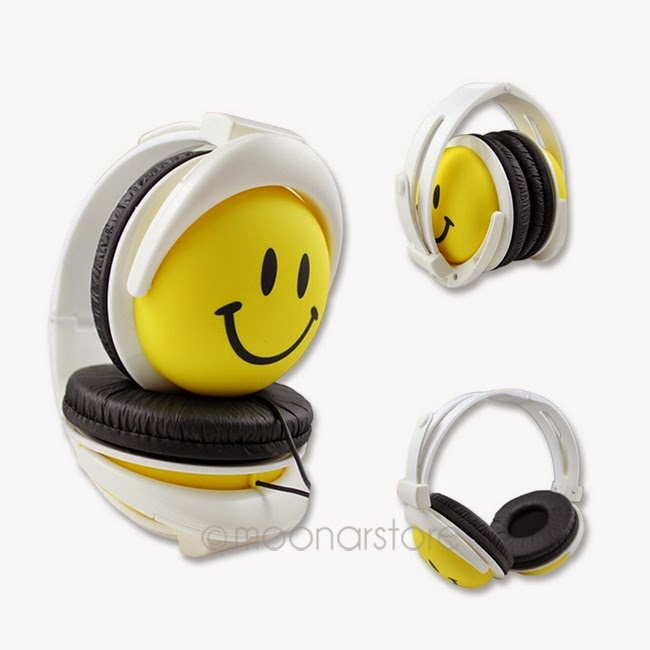Tuesday, September 30, 2014
Le compostage en couches
Wednesday, September 24, 2014
Sci 4 WEBQUEST
Faites chacune des tâches suivantes pour savoir plus sur les déchets, le compostage et les 3 R's.
N'oubliez pas d'augmenter le volume et porter vos écouteurs
1. Regardez ces films
3.
2. Jouer aux jeux ici
3. Cliquez sur "Let's Get Started" et suivez les instructions
4. Essayez le jeu et quiz 'eco-emballages'
5. Visitez les sites suivants de Wonderville
N'oubliez pas d'augmenter le volume et porter vos écouteurs
1. Regardez ces films
3.
2. Jouer aux jeux ici
3. Cliquez sur "Let's Get Started" et suivez les instructions
4. Essayez le jeu et quiz 'eco-emballages'
5. Visitez les sites suivants de Wonderville
6. Lisez le blog de Mme
7. Amusez-vous avec les liens trouvés ici (BGRS ES)
8. Faire les Mathletics
Labels:
compost,
environment,
garbage,
recycle,
webquest
Composting lab
Composting lab!!
(This is in English so parents can help kids get ready!)
What you need to bring from home:
- Large clear glass jar with a lid (pickle jar, canning jar, etc.)
- One item you think will compost (must fit in the jar)
- One item you think will not compost (must fit in the jar)
- One item you aren't sure will compost (must fit in the jar)
It will be interesting to see the results!!
More information:
- See about Beaumont's Keep It Green program here
- See the lab from previous years here. We will modify by using clear jars.


Labels:
compost,
environment,
garbage
Keep it Green Beaumont!
I have been doing some research about what kind of green initiatives and waste management our town has and I am VERY impressed.
I had the kids do a garbage sorting activity including where to sort:
This video is more appropriate for grade 7 kids, not grade 4
I had the kids do a garbage sorting activity including where to sort:
- compost
- recycle
- bottle depot recycle
- garbage
- garbage dump (large items, hazardous waste and e-cycling technology)
- Environmental Services (energy conservation, idle-free, water conservation, etc
- Environmental Master Plan (pdf)
- Kids version of the EMP (pdf)
- Curbside collection program (details about sorting garbage)
- Curbside collection program brochure (pdf)
Also have a look at these videos
This video is more appropriate for grade 7 kids, not grade 4
Brainpop
- Brainpop - Recycle
- Brainpop - Waste Management
- Brainpop -Conserving energy
- Brainpop -Humans and the environment
Labels:
compost,
energy,
environment,
recycle
Monday, September 15, 2014
Tec set-up
Google account sign in www.google.com
Google Classroom : https://classroom.google.com
Mathletics: http://www.mathletics.ca/
Khan Academy https://fr.khanacademy.org
sign in with Google+ account
Google Classroom : https://classroom.google.com
Mathletics: http://www.mathletics.ca/
Khan Academy https://fr.khanacademy.org
sign in with Google+ account
Saturday, September 13, 2014
Beaumont, we have a problem!
We have had quite a unique experience to follow this week. One of Canada's very own astronauts, Jeremy Hansen, has let us tag along on his adventures in training for a future mission in space. I have had a lot of kids turned on to science and wanting to be astronauts when they grow up. Amazing!!
 |
| NEEMO 19 team getting ready for their last day aboard Aquarius |
 |
| "Back alive with all body parts! Night dive as cool as expected. Luminescence, feeding frenzy, squid..." - JH |
He accepted our challenge and gave it a try on the surface before going into the deep. See all about it HERE.
The results were not at all the same as they were here in Edmonton. This prompted great discussion about the scientific method and variables that may have altered the experiment. I always tell kids that science is a process and most of the time your results are inconclusive but lead to refining the experiment and coming up with an even better plan.
Yesterday he gave our experiment a go while aboard Aquarius with almost three times the atmospheric pressure pushing down on them!! Here is what he discovered.
@AmandaGMerriman Gum Bear exp. Have some explaining 2 do. Sea H2O left,Fresh right.Fresh fm 20mm to 17mm in 2hrs. pic.twitter.com/PnLQfekmq7
— Jeremy R. Hansen (@Astro_Jeremy) September 13, 2014
@Astro_Jeremy I guess they don't make gummy bears as tough as we do in Canada. One more variable to discuss with my class.
— Alberta Sci Teacher (@AmandaGMerriman) September 13, 2014
@Astro_Jeremy Thank you so much for trying. Enjoy the rest of your time "under the sea".
— Alberta Sci Teacher (@AmandaGMerriman) September 13, 2014
@AmandaGMerriman scientific method not strictly followed but same gummy in glass container on surface didn't dissolve, it grew. Px effect?
— Jeremy R. Hansen (@Astro_Jeremy) September 13, 2014
The scientific process at work! So now we have to come up with an even better experiment with more controlled variables and see if we can do it ourselves here in Beaumont. I sent this blog post out into the Twitterverse and broke the internet. Seriously my phone went CRAZY with notifications.
@Astro_Jeremy & the disappearing gummy bears @csa_asc @NASA_NEEMO @ReefBase. Check it out http://t.co/WdPSHG3FOC pic.twitter.com/6d5ECBx0d8
— Alberta Sci Teacher (@AmandaGMerriman) September 13, 2014
Awesome work @AmandaGMerriman ! Just had time 2 read this.Great work taking inconclusive science & turning into great lesson.Wonderful!
— Jeremy R. Hansen (@Astro_Jeremy) September 14, 2014
Thank you again @Astro_Jeremy. Life is full of these teachable moments & this entire process has really brought our lessons to life!
— Alberta Sci Teacher (@AmandaGMerriman) September 14, 2014
Here are a few more pictures Jeremy took while out exploring the ocean. So cool.  |
| "This wave of small blue Creole Wrasses surrounded us causing a feeding frenzy of Groupers and Barracuda." - JH |
 |
| "Oh baby! Night dive time. A taste of what's in store just swam by. What you can't see won't hurt you right..." - JH (Anyone else hear Heart singing "Barracuda" while reading this??) |
Now this is just for fun. William Shatner and Chris Hadfield became Twitter friends while Hadfield was aboard the ISS last year. Jeremy Hansen was trained and gave ground support for Hadfield and his mission. So from science fiction to science fact, this is just funny ...
As if this place isn't cool enough... We have Star Trek doors! Eat your heart out @WilliamShatner https://t.co/2WPYKX4vqC
— Jeremy R. Hansen (@Astro_Jeremy) September 13, 2014
@Astro_Jeremy Jeremy, you win the Internet today. #geekingout
— Magalie Renaud (@or_Maggie) September 13, 2014
.@or_Maggie We are trying to relay the synchronized swimming answer to Jeremy to see if they can do it! ;) http://t.co/b3hK7DctAO
— NASA_NEEMO (@NASA_NEEMO) September 13, 2014
@NASA_NEEMO @or_Maggie That would be the cherry on top of this amazing week!
— Alberta Sci Teacher (@AmandaGMerriman) September 13, 2014
NEEMO Mission 19 has wrappped up and the aquanauts had to decompress for 16 hours before coming to the surface. So what do you do for 16 hours?
@Astro_Jeremy @ReefBase what did you all do for 16 hours?!
— Alberta Sci Teacher (@AmandaGMerriman) September 14, 2014
@AmandaGMerriman @ReefBase good ? Debriefs, cleaning, slept, packing, sharing stories & a bunch of laughing. Time 4 reflection as well.
— Jeremy R. Hansen (@Astro_Jeremy) September 14, 2014
What a great week in science!!!!!
Labels:
csa,
JeremyHansen,
NASA,
scientific inquiry,
space
Wednesday, September 10, 2014
NEEMO 19
We have been following Canadian astronaut, Jeremy Hansen, during his astronaut training. His latest adventure is with NEEMO 19 aboard the under-water capsule, Aquarius. Read more about it here.
You can view live action webcams both inside and outside of Aquarius here.
Today there was a Google+ hangout where they answered questions, a few of mine included. I am Alberta Sci Teacher on Twitter and one of my questions is answered around 6min 30sec.
See more details here.
Very cool week!
You can view live action webcams both inside and outside of Aquarius here.
Today there was a Google+ hangout where they answered questions, a few of mine included. I am Alberta Sci Teacher on Twitter and one of my questions is answered around 6min 30sec.
See more details here.
Very cool week!
@Astro_Jeremy wr were wondering how you get in and out. Cool
— Alberta Sci Teacher (@AmandaGMerriman) September 10, 2014
@Astro_Jeremy @Astro_Andreas Thank you for the video. Now to demonstrate it to my class using my fish tank and a cup!
— Alberta Sci Teacher (@AmandaGMerriman) September 10, 2014
@Astro_Jeremy @Astro_Andreas - The perfect way to explain it. Every kid in my class asked "Why doesn't it fill up with water?". Merci!
— Alberta Sci Teacher (@AmandaGMerriman) September 10, 2014
Labels:
csa,
JeremyHansen,
water
Saturday, September 6, 2014
NEEMO
My science classes have had some pretty amazing opportunities over the past two years. One of the highlights of last year was Skyping with Major Jeremy Hansen on Earth Day. (See more HERE).
With a new start to the school year my students have been diving into learning about the scientific method. We have been learning about Jeremy Hansen's training in preparation for an amazing adventure under the sea with NEEMO (NASA Extreme Environment Mission Operations).
Jeremy put a call out to people to come up with some experiments he can do "under pressure".
Jeremy put a call out to people to come up with some experiments he can do "under pressure".
@Astro_Jeremy @csa_asc My class has come up with a few good ideas! We will be sending you them ASAP! Do you have gummy bears under the sea?
— Alberta Sci Teacher (@AmandaGMerriman) September 5, 2014
@Astro_Jeremy @AmandaGMerriman @csa_asc Some of our more hardy divers have already been diving there! #Gummy pic.twitter.com/SGGKaq6T8N
— Angelina (@LiNa8294) September 6, 2014
So here is the experiment. We measured the length of a gummy bear and then placed it in a baggy of water. I normally do this in a petri-dish or bowl but we were thinking that if this experiment to be run with as little equipment as possible. We measured the bear every half an hour for a three hour period. If I were to do this again I would perhaps measure once an hour for half of a day. We decided to only do the experiment with tap water instead of both tap water and salt water because it would make it more complicated to do aboard Aquarius, although the results would be interesting. Finally we would compare the growth/size of our observations here on dry land and on Aquarius after the same amount of time.
 |
| After 2 hours |
 |
| After 3 hours |
The applications of these observations are important as we use these concepts when we look at agriculture, water purification, and the needs to the human body. These are all vital to learning how to expand our reach into the universe.
Read more about:
Labels:
csa,
JeremyHansen,
scientific inquiry,
space
Wednesday, September 3, 2014
Les déchets
Les déchets
Introduction
Labels:
environment,
garbage,
Grade 4
Subscribe to:
Posts (Atom)













.jpg)










